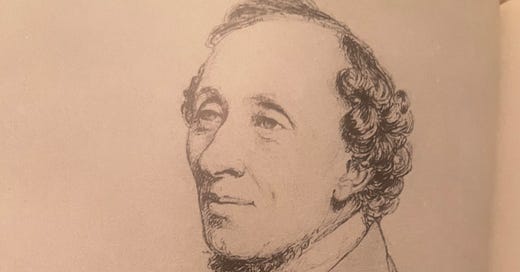Kierkegaard wasn’t alone in his criticisms of Andersen but three years later he launched his own literary career with a savage critique of Andersen’s novel ‘ Only a Fiddler,’ in which he repeated and elaborated upon the same criticisms in a short book, ‘ From the Papers of One Still Living’. Meanwhile Andersen had contributed to their strained relationship by publishing, that spring, a fairy story ‘The Galoshes of Fortune’, which features a bird with elaborate hair which pours forth obscure philosophical observations and makes unintelligible sounds, which was immediately recognisable as a satirical dig at Kierkegaard.
But there is no doubt that Andersen was the most affected by the mutual barbs. His sensitivity to criticism, to the point of tears , was well known and Kierkegaard was fully aware that in harshly attacking his novel he would be wounding its author too.
In his own private reflections on their dispute Kierkegaard wrestled with the conflicting claims of compassion and critical truthfulness, before coming down firmly on the side of the last.




